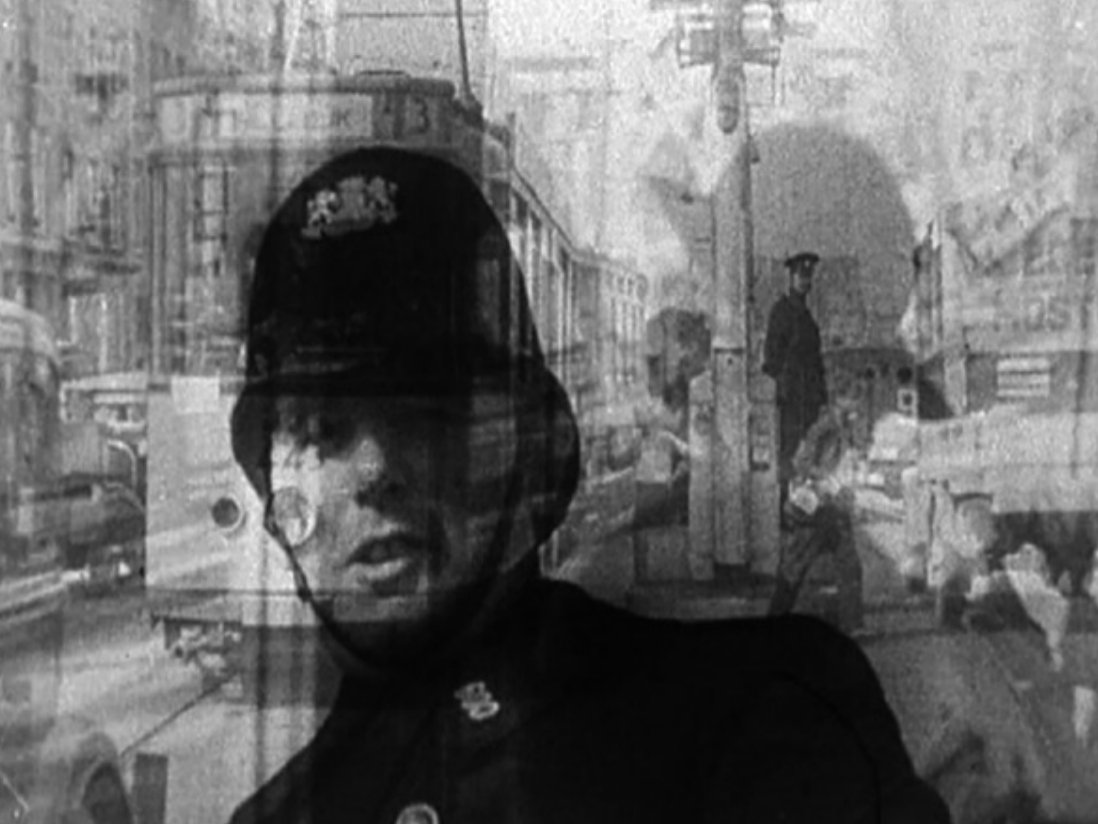
Short film of traffic flows across the Maas bridges in Rotterdam.
“While Ivens has elaborated on the movement of objects, I have made an attempt to study the movement of people.”
Paul Schuitema1
“Ik wilde de film koud monteren, dat wil zeggen zonder overvloeiers en dergelijke flauwekul.”
Paul Schuitema2
“The film begins with the cityscape; the camera tilts down towards a junction, and moves on following traffic at the Koninginnebrug, as seen from the tall railway bridge next to it. The latter will appear in the film later on, through images similar to those of Ivens’s De Brug (1928). After the opening, there are abstract shots of water, ships passing a bridge, a train crossing it. From the ships, the camera turns to the traffic at the bridge at eye level. Pedestrians and cyclists are followed, often through close ups, showing parts of bodies, bikes, and architectural components of the bridge. The next sequence includes cars, trucks, and trams. Some images are taken from a tram and a car, which become patterns of movement. A policeman directs the traffic flows. Crowds are emphasized throughout the film, but individuals are still recognizable. Towards the end, traffic stops. The bridges open and when ships have passed the traffic continues. The film ends with an epilogue using a double exposure shot: the policeman is seen in the middle of the traffic moving in all directions.”
Floris Paalman3
- 1Paul Schuitema, as quoted in Arij de Boode and Pieter van Oudheusden, “Een tijd van massale bewegingen,” in De ‘Hef’: Biografie van een spoorbrug (Rotterdam: De Hef, 1985), 83.
- 2Paul Schuitema, as quoted on Eye.
- 3Floris Paalman, “De Maasbruggen: een filmstudie van Paul Schuitema” in Steven Jacobs, Anthony Kinik, Eva Hielscher, The City Symphony Phenomenon (New York: Routledge, 2019), 316.

